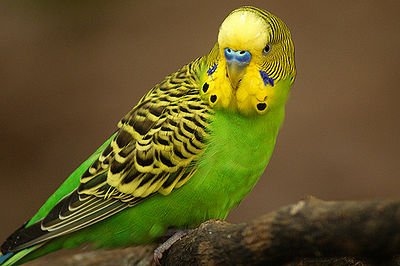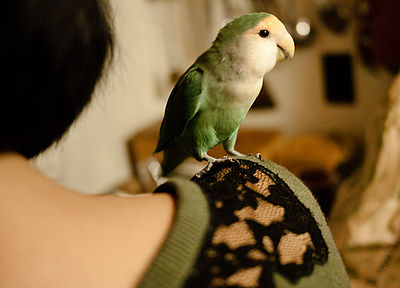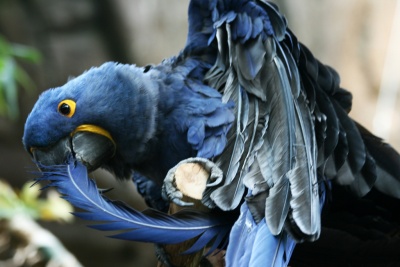
If your bird has had an accident or is ill and suddenly stops breathing, you can help by learning to administer CPR (Cardiopulmonary Resuscitation) before a crisis. It’s very important to remember to try to keep calm, think clearly and act quickly.
A bird’s heart is low in the chest cavity and more towards the center than a human’s heart. When you’ve located the area, check to see if you feel any movement. Place your ear on the chest and listen to see if there is a heartbeat. If there is, use only breaths.
Look inside the mouth and make sure the opening of the trachea is clear of obstruction. With small birds place your mouth over the nostrils (nares) and beak. If your bird is large, place your mouth over the beak and use a finger to cover the nostrils. The size of the bird should determine the force of your breath.
First give 5 short bursts of air. If your bird is still not breathing, give 2 more puffs of air and stop again to check. Watch to see if the heart is still beating. If so, continue with 2 short breaths stopping inbetween to check if your bird is breathing on his/her own and the heart continues to beat.
If the bird’s heart has stopped, begin CPR. Gently compress the sternum (breastbone), located over the bird’s heart. Place the bird on its back, give 5 breaths, then 10 compressions, 2 breaths and then 10 compressions. Continue with 2 breaths and 10 compressions until your bird revives.
If you have someone who can drive you to the vet, you can continue doing CPR on the way in the car. If no one is available, continue CPR until your bird revives and then go to the vet immediately.
We hope you never need to do this but knowing how to perform CPR can save your bird’s life.



